Don't judge a magazine by its size
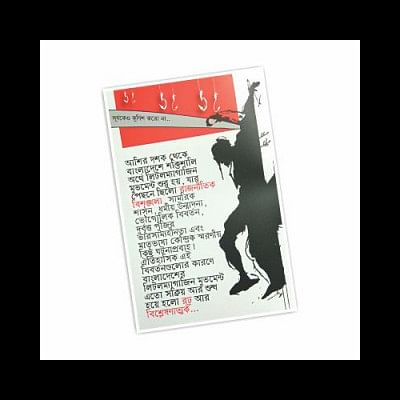
"You have to know where the term 'magazine' comes from; the magazine of a pistol. When we say 'little magazine', it's a bending of this word. A matter of resistance!"
What Farhad Naiya, editor of Rashtro and Harpoon, is referring to is the etymology of the term "magazine," which can be traced back to the Arabic maḵzan, meaning "storage". Be it the magazine of a pistol or a magazine of knowledge, it serves as storage for what has to come with the capacity to be, quite frankly, explosive.
The role of little magazines in the history of Bengal, and—for the purpose of this article—in Bangladesh, is nothing short of explosive. This region has had its own volatile, shaky existence- surviving colonisation, partitions, warfare, militant fascism and more. The little magazine movements through the decades were born out of the need for the critical, radical consciousnesses of the region's youth to persevere. And so today, when we say "little magazines", we think of "anti-establishment", "counter-culture", "experimental", "radical", and "oppositional".
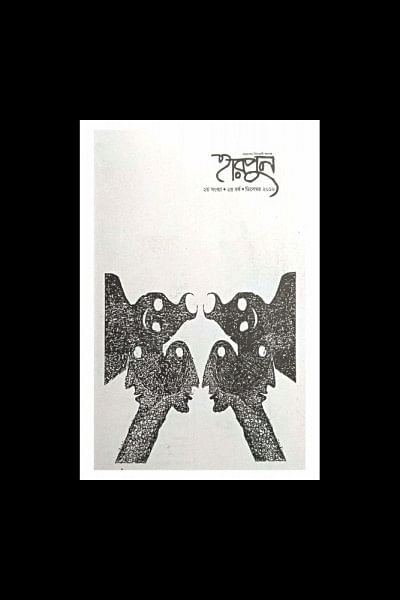
A (condensed) history of little magazines
Little magazines had already been popular in Europe since the 18th century as a means to introduce new alternate literature that countered mainstream literary trends. In Bengal, some of the earliest developments are found in Sobujpatra (1914). But it is the likes of Kallol (1923) and Pragati (1927) that broke through with writers and poets, such as Buddhadeb Bosu, who would become leading figures of Bengali literature by challenging the established cultural dominance of the time. While the influences of Western contemporary literature on these new works cannot be denied, they also produced literature that challenged the aesthetics and linguistic trends of the time's educated populace. The Pragati Lekhok Shangha, centred around the Pragati Library, would organise writers and thinkers to infuse Bengali literature with modernism and influences of the global anti-fascist left politics of the time, well through the 30s and 40s. For many, this was an introduction of razor-sharp obscenities into Bengali literature, influenced and informed by modernist ideas of Western literature. The 40s were an especially difficult time for Bengal through the Second World War, Bengal Famine and Partition. Collectives such as the Pragati Lekhak Sangha and publications such as Somen Chondo's Kranti and Protirodh would promote anti-fascist activism that manifested in the literature they produced.
The little magazine culture reached a peak in the 60s. It produced controversial, innovative works and forms in literature, much to the chagrin of many institutions. The anti-establishment and left sentiments of this wave of new counter-cultural literature would add to the political atmosphere of present-day Bangladesh.
Abdullah Abu Sayeed's Konthoshore remains one of the more popular literary publications of the 60s. Beginning its journey much as a little magazine, according to researcher and journalist, Afsan Chowdhury, it would go on to become "mainstream" with time. "People who had the capacity or interest would bring out little magazines. That was the idiom of the time, just like how people bring things out on the net nowadays," he adds. Chowdhury himself was part of the "arrogant, full-of-ourselves" crew that published the Dhaka College-centred little magazine Purbopotro from 1969 to 1973. He remembers, "I think Hassan Ferdous wrote an article on homosexuality in US literature. Can you imagine that being written now?"
The 80s also marked a boom in Bangladesh's little magazine culture, born slowly in a post-war climate in hopes of everything that this liberated new youth could build. Military regime took over the country just a decade after independence, and Naiya speaks of the 80s' peak in the little magazine movement with fervour, of how the works produced at the time "broke everything, as it produced new writers, produced new language for writing, critiquing fascism and authoritarian atmospheres." Notable little magazines from the decade include Gandib, Pranto and Protishilpo. Their energy would carry on to the youth of the 90s who were rooted in left politics and literary experimentation, and challenged the military regime in a global political atmosphere that saw the collapse of the Soviet Union.
"This was a rather critical time for the development of oppositional politics… We were growing up in that period, and since Marxist politics has a big role in oppositional or anti-establishment politics, there were many phases in which we tried to think about what kind of cultural politics was to develop," says Arup Rahee, general secretary of Center for Bangladesh Studies.
The 90s and then the dawn of the 21st century produced publications that would leave a mark on the litterateurs, critical thinkers, and artists of today, such as Chalchitro, Dhrupad, Baluchor, Shangbed and Orbak.
"This movement is not Dhaka-centred", Rahee emphasises, marvelling at the multitudes of independent publications that were produced from different parts of Bangladesh—such as Jangshone from Jessore, Karuj from Pabna, Nishwarga from Bogura.
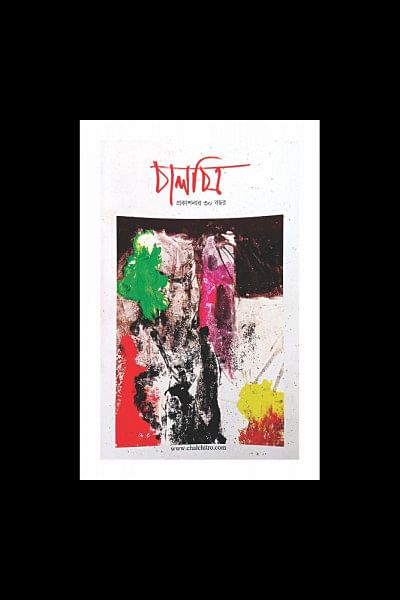
When the process is a "liberating experience"
We cannot talk about little magazines without acknowledging how independent they have been: of the publication industry, institutional guidelines and courtesies, shame and censorship, silent negotiations purchased with money.
For Afsan Chowdhury, who was only a fresh college student towards the end of the 60s,
it was nothing short of rebellion born from literary aspirations, as he recalls how much anger his crew of 19 and 20-year-olds generated because they "criticised holy literary cows". Purbopotro was run by students of Dhaka College who had just come out of the '69 movement: Khan Mohammad Farabi, Hassan Ferdous, Monjurul Hoq, and Chowdhury to name a few. They were credited as some of the most brilliant young minds of the country who unashamedly challenged mainstream literature. Chowdhury remembers with fondness how, at such a young age, they not just but "savage" in the way they attacked big literary figures of the time, to the point where they not only offended but were also remembered for it. And we laugh together as he reminisces, "I was thrown out of a room once by Shamsur Rahman!"
Fast forward to the 90s and the atmosphere surrounding little magazines is far more dynamic as the Shahbagh-Aziz-PG intersection became the locus for charged young thinkers to gather. Rahee spent much of his youth participating in student politics as well as the literary circles of little magazines. He remembers that there was never any formal organising of people, ideas, and discussions for these publications. But what was constant around through the years of his youth was an atmosphere that welcomed and sustained "free-floating addas."
Aysa Jhorna, a writer and editor whose literary career is built on the little magazine culture of the 90s, is the only woman I managed to find to inform this article. She remembers the energy of the addas similarly, adding that the culture was largely influenced by left politics and the aspirations for new experimentations and forms in literature. "Little magazines gave us an alternative space to write, so we didn't have to depend on dailies to be published. We didn't have to justify our experiments to editors, or worry about space constraints. We didn't write solicited pieces. Little magazines were fairly regular but still took a while to be published because they were so independent, and that gave us time and exercised our patience. We were able to sit on our work and practice our writing critically with devotion."
The urgency for alternative political perspectives and practices of art-literature was often the drive, and it was executed by young practitioners of the forms, who were also often the readers of these publications. What came to be was a back-and-forth among writers, poets, artists and thinkers who were producing work for each other and themselves. "The planning itself, the very production of a little magazine, was a liberating experience—kolponar mukti," says Rahee.
But in romanticising such "freedom of the imagination", one must exercise caution, as Jhorna also remembers that she was only one of very, very few women in the scene. I am left wondering: why is this culture so full of men? She remembers that while these addas were open and women did frequent them every now and then, "it was easier to be a poet's girlfriend there than a female writer." She adds, "The trend at the time was that women wrote and lived for glamour. It was hard enough already because of our homes and families to venture into such anti-establishment literary atmospheres. Added to that, the little magazine culture was so unwelcoming of females and so full of male chauvinism, that I took it as my fight to be there and keep writing in spite of all the internal hammering."
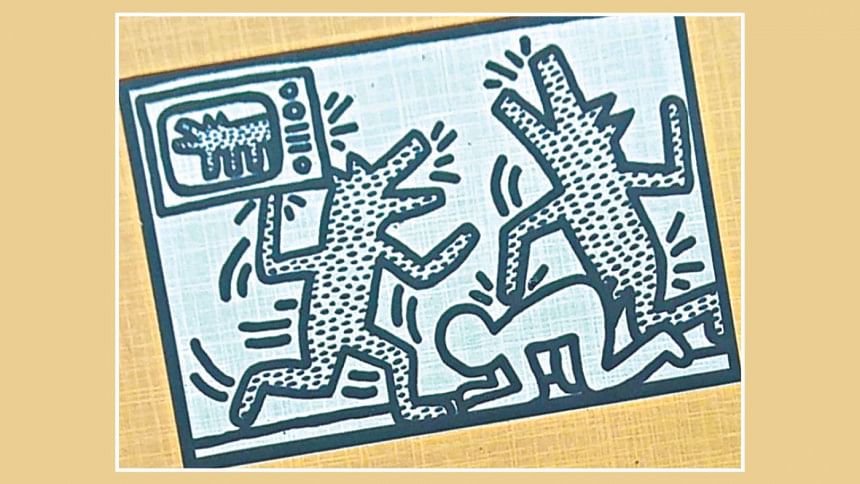
So what is a little magazine anyway?
And now I think we can finally touch upon the problem of definitions. Something like the culture of little magazines—snarky and rude, impatient to cause a riot and critique the establishment, eager to break forms that we have grown comfortable with—cannot simply be taken and defined by what you think the product should be.
"Much has been said and debated about what makes a little magazine, within the culture itself, among different publications and little magazine circles. But, in effect, a little magazine is critical of everything," says Rahee.
It is not so much about content or physical dimensions as it is about the process. A little magazine could contain different forms of literature, such as poetry, essays, stories, prose, or something new and unconventional altogether. But they are almost always devoid of advertisements, independently and crowd funded.

Naiya founded his publication, Rashtro, five years ago because he saw the need to create a medium for critical political thought and knowledge that he believed was lacking in his own academic journey as a student of Political Science at the University of Dhaka. The latest volume of Rashtro, which is built around the theme of "Language and Education" and contains only essays, is a rather thick volume and a little pricey at BDT 200 compared to most little magazines, which are smaller and cheaper. Would he call this a little magazine?
"Yes, I would like to call this a little magazine. Because the writings here don't compare to the format or guidelines of, say, a journal. This also takes submissions from teachers and outsiders, but we aren't affiliated with the department, even at the cost of losing possible donations, because we want to be independent."
Most magazines are so independently funded that Navil Maandar, editor of Jangshone, says, "It's a very normal affair for us to have dues at the press every year. We have many well-wishers who donate to us generously, names you can see in the publication. But it's important that we don't take funds from any one person or entity, so that all our views can be represented freely."
In a profit-driven world where most new books are now self-published for money and donations buy you agendas, today's little magazine culture is still largely characterised by financial independence and self-sustenance.
Beyond finances, however, little magazines are sustained by small, tight-knit circles. Some are even run by single-person teams, in a DIY approach. Reach is always expected to be small, almost entirely within the community. And the circle of various publications maintain relationships and dialogues with each other, as they also grow into their individual philosophies, politics and aesthetics as a literary group/publication.
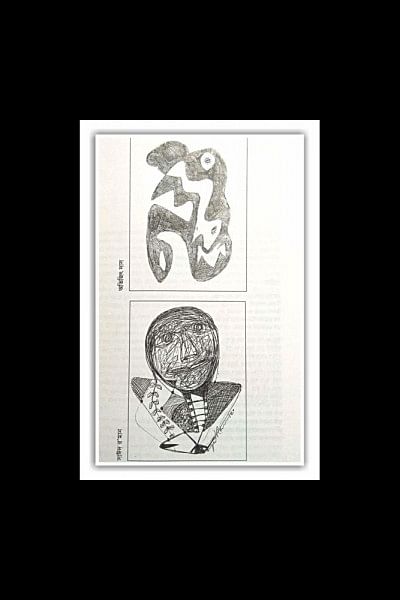
What does the little magazine culture look like now?
If I were to look for a little magazine culture now as an outsider, where would I go? How would it manifest itself culturally, socially, politically in today's Bangladesh?
Perhaps the easiest, least nuanced route to take would be to the Little Magazine corner at the Ekushey Boi Mela. Perched behind the Bardhaman House, rows of little stalls are arranged for little magazines. A few remain vacant here and there, some of them are unmanned, and some of them are full of new and old volumes. Some of the stalls are occupied by entities that don't resemble anything close to a little magazine. One of the stalls is possibly occupied by some kind of healthcare helpline.
"Be it organised by an institution or a publishers' guild or whoever, the Boi Mela including such independent publications to retain a democratic appearance can be welcomed. However, I think that the politics of the Little Magazine does not ask or demand for any such presence in the Boi Mela," says Rahee.
I chat with Naiya for over half-an-hour at his stall on a weekday afternoon, and we are largely undisturbed save the few interested passers-by who pick up the books and flip through them for a minute or so. As he speaks of the current scene in comparison to that of the 80s', he says that he has heard much about how writers would gather in this corner of the Boi Mela for addas in the past.
I ask him what is happening differently now to cause such dampening of the spirits, and he says that the atmosphere is not the same. He tried to organise weekly reading circles around his little magazine but it got too exhausting and attracted few people. His journey as an editor has largely been based on the university and student community, and he says that there is very little space to use for meetings and community networking.
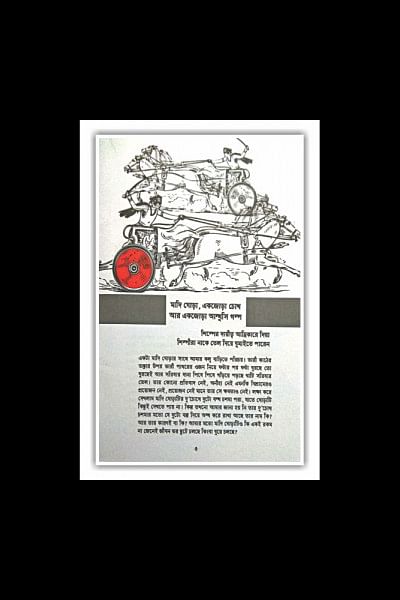
"The Teacher-Student Centre (TSC) is not the same; there's everyday harassment that makes the space unwelcoming. They may cut off the water supply after sunset on some days; or they may remove the tea stalls on other days."
And with increasing digitisation and the fast-evolving face of today's technology, how much relevance does a culture like this hold anymore? Apart from the state's increasing surveillance of digital content and activity, Naiya worries that expression on social media largely remains "on the surface, unable to critically engage." But as individuals find it easier to publish themselves on the internet, there is a power that they attain for free expression that renders whatever remains of the little magazine culture rather irrelevant, he thinks. Chowdhury, too, sees no particular need for such publications anymore, as he mentions Earki, a digital platform for satire containing memes, blogs, and a very active social media presence, with a similar potential to challenge establishments.
Maandar, however, thinks differently. Jangshone, the art-literature little magazine he edits now, has existed since 1998 from Jessore. He says Jangshone may be produced from Jessore, but is not Jessore-centred and has been open to contributors from all over the country. But he does have a circle that gathers very regularly, almost daily, on the grounds of the Jessore Public Library.
And while he acknowledges that there is great scope for the little magazine culture on digital platforms, he is sure that the print form will still be around for a while for the tradition that it signifies. After all, the goal was never to make a living out of this. He calls this work a shadhona, born of passion.
There is so much more to be traced, documented, analysed, and critiqued about little magazine movements through the decades, what it has evolved to be, and what could have been or still can be made of it. To study this culture further offers opportunities for knowledge generation and critical thinking that can hold on to, as Rahee says, "the political essence of the little magazine, which is to be critical of everything and even themselves."
Reference:
* Chollisher Doshoker Dhaka by Kiran Sankar Sengupta & Sardar Fazlul Karim

 For all latest news, follow The Daily Star's Google News channel.
For all latest news, follow The Daily Star's Google News channel. 


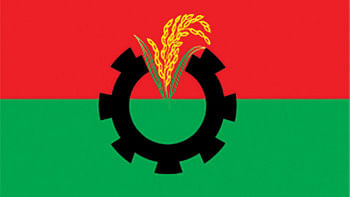
Comments